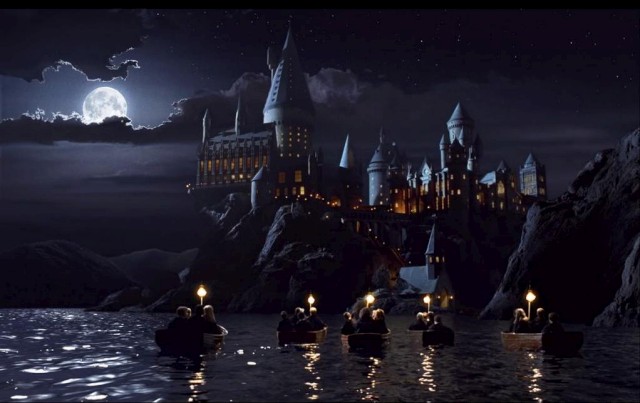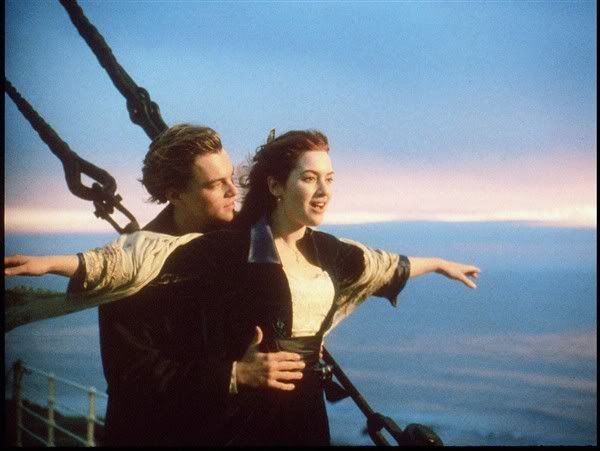Extreme Long Shot (ELS)
An extreme long shot is where the setting and the environmnt or tiny people are in this environment. The shot can introduce setting or suggest that featured characters may be overwhelmed by the setting.
This picture shows us an extreme long shot of Harry Potter going to Hogwarts. They use the extreme long shot to show the audience where the students are going and where the film will mostly be set in.
Long Shot (LS)
In the long shot the whole body of a character will be visable as will much of the setting in which they stand. A long shot can communincate the relationship between the characters and the setting.
This is a picture from Atonment where James McAvoy is walking down the beach. The long shot is used for this to show the audience that there is a war going on.
Medium Shot (MS)
In medium shot, characters will be shown from waist/knees upwards. Body language will be clearly visible. Often this shot features two people. This will often communicate character feelings and relationships.
In this scene you can see the feelings between the two characters in Titanic. This is a good example to show you what the film is going be like.
Close Up (CU)
Frame a part of the person e.g. a face or object, e.g. door handle or the whole of a small objet. Used to draw attention to something significant, this could be a facial expression or to an object important to the narrative.
In the film Limitless, they use a close up shot of Bradley Cooper to show his feelings. In this picture Bradley Cooper's feeling are obviously sad or nervous and this is shown well by this close up shot.
Extreme Close Up (ECU)
This shot shows a section of a face or an object e.g. eyes. It brings the audience so close to something, it can often generate feelings of discomfort.





No comments:
Post a Comment